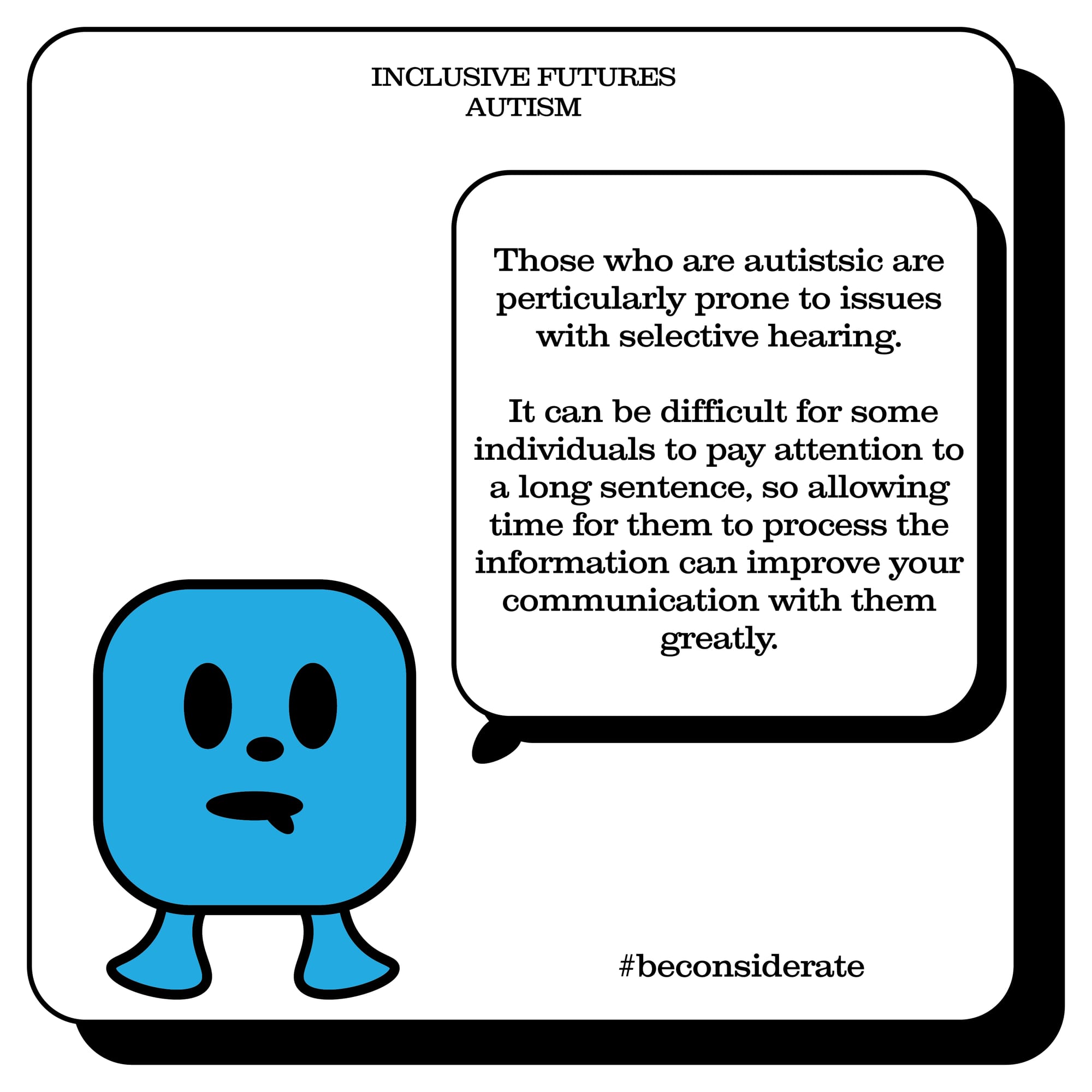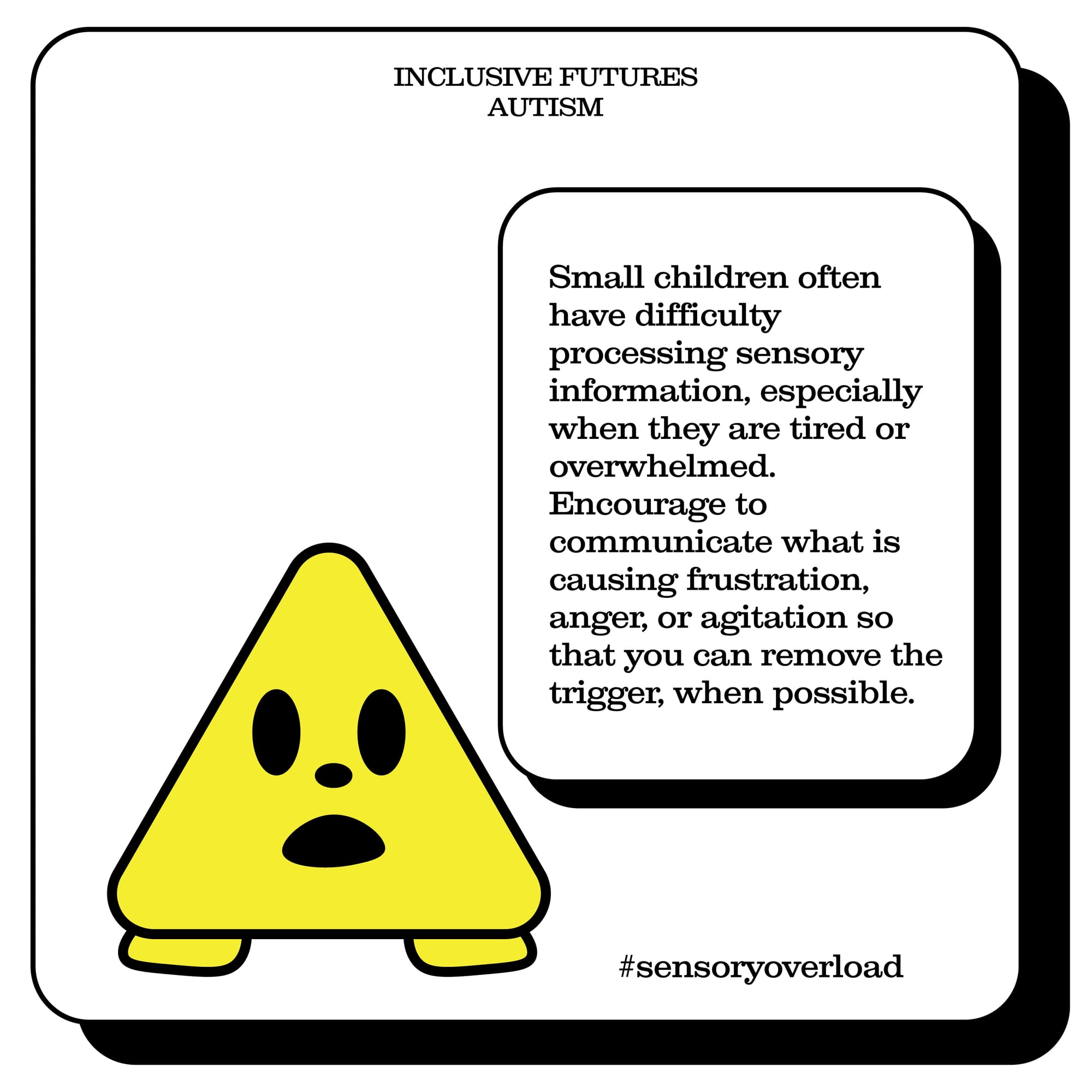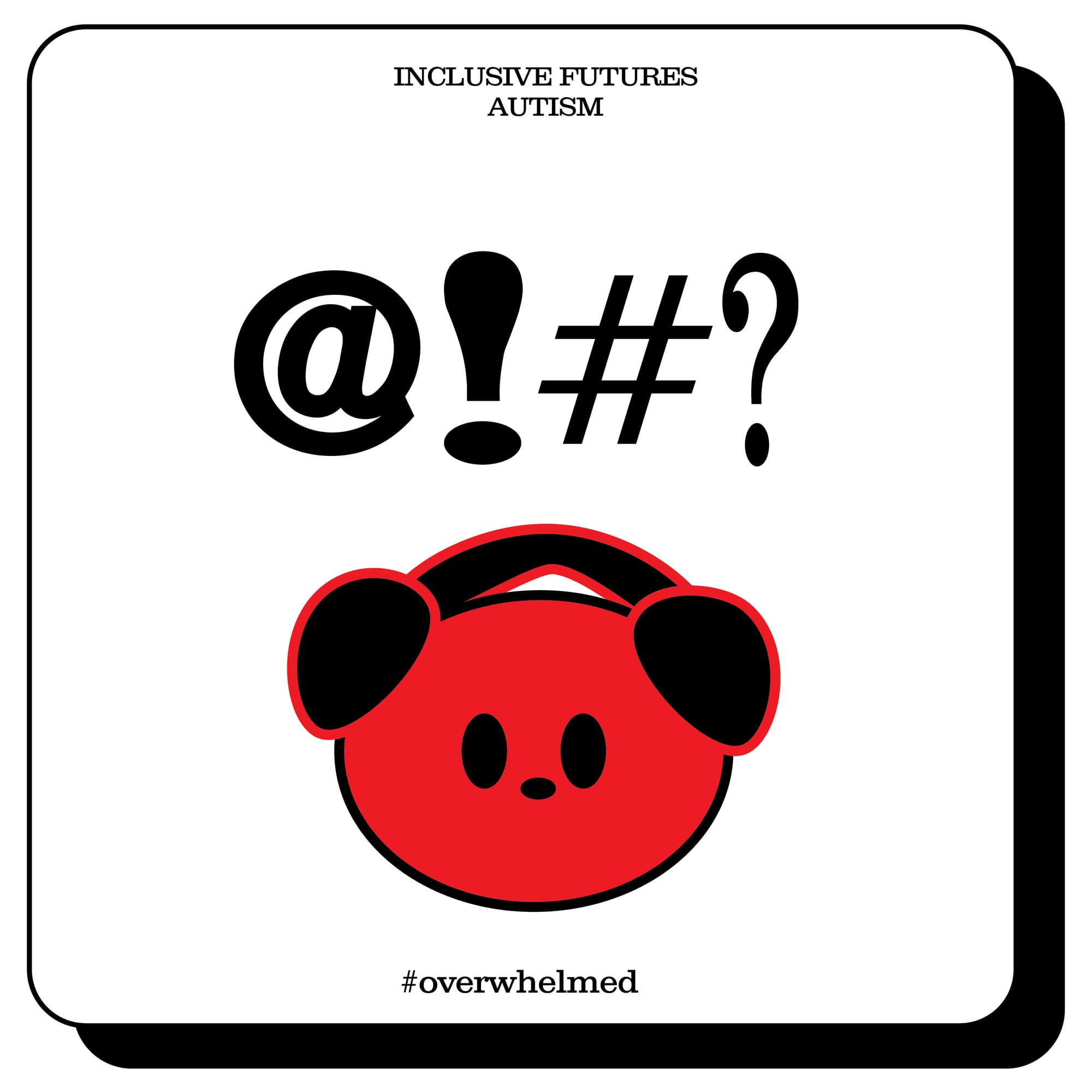Process Document 5.2
Understanding the Technological Landscape:
Since starting the module I have learnt a lot about new technology and better ways to be more efficient in my work. When doing some of the projects I started to use Notion and Miro to help structure my work and organise my notes better. In the mini brief project I was able to explore new technology in my design process such as using blender and learning more about after effects. This challenged me because I am still learning how to use after effects and blender is similar to cinema 4D but still new and sometimes it can be confusing.
Being able to mock-up a 3D version of one of the elements that could be used in the installation has helped my design progress. When illustrating in photoshop I adapt the paint tool to suite the style and how I would like the illustration to look. However I want to learn more and start changing the defaults to adapt my creative vision more. By doing this will give me more creative freedom.
First Brief:
Inclusive Futures: Raising Neurodiversity Awareness in Public Spaces
Neurodiversity Campaign:
Group project: Evie Bradley, Brianah Smith and Emma Knowles
Neurodiversity issues faced in public spaces:
-Loud Noises
-Sounds
-Physical contact
-Social proximity Struggle with signage and wayfinding
Audience:
People who are causing the problem
Example:
-Trinity Shopping centre, projected on the floor
Audience: Shoppers, business owners
Raising awareness to be considerate and sometimes thinking how loud you talk being self aware
Examples of poster designs for autism:
Facts about hearing with autism:
Hearing problems are at least three times as common in autistic people as in typical people. People who are autistic are particularly prone to issues with selective hearing. "intensity or volume of sound." For autistic people loud means any volume above normal. 80 percent of children with autism process sounds in atypical ways. The amount of autistic spectrum disorders (ASD) is higher in deaf people than in hearing people.
Hashtags:
#selfaware
#beconsiderate
#filter
#lowerethevolume
#sensoryoverloead
#overwhelmed
Our colour scheme research and reasoning why:
Neurotypical children are usually drawn to the colours red and blue. many researchers have identified a strong attraction to the colour green as well. A study from 2016 revealed autistic people often dismiss colours- particularly shades of pink and red. Sensory input creates overstimulation, and noises may be amplified or distorted , or light touching the body can be painful and uncomfortable. These sensations can lead to difficulties with concentration and make bright colours, usually flavoured by neurotypical people, feel too harsh. They may find certain sounds, such as high-pitched noises or sudden loud sounds, overwhelming and distressing.
Main message:
-Raise awareness about sound sensitivity and sensory sensitivity
-Hyperacusis is the medical name for noise sensitivity
- Putting the focus on people who are interacting with public space be more considerate and potentially adapt their behaviour
- Self aware
Designs for the campaign:



Developed further I was trying to demonstrate even more the noise of conversations layered over each other. The jigsaw piece is the symbol/ sign for autism.

Brianah's poster designs:



I found taking part in a group project has helped me learn and gain more experience with how to work in a group and work together to achieve a good outcome for the brief.
Experimentation and Process:
I have recently explored augmented reality, coding, and motion graphics using cinema 4D. Below is the rendered image of the red blood cells that was created on cinema 4D and using animation in photoshop. Coding, generative design as well as animation in photoshop has changed how I will approach design because now I will be able to use these techniques in my design to develop my practice further.
I learnt that sometimes I find things difficult when I don't fully understand how to do it. Now I'm learning about it, I realise it is not difficult but just takes practice. When coding it takes time to understand it and make things work which I found difficult but I have learnt more about coding from it. Being able to use cinema 4D I see as a success because it is something I have never done before and now I can use it and learn more about it.
Red Blood Cells Rendered:

Flower animation using photoshop
Animation using photoshop

AR expanded my thinking on how could have developed a previous project:
To develop the publication further, I would use AR to bring out the pages of images and illustrations to bring them to life as well as using an animation. For instance, my area was Leeds canal, therefore on some of the pages I used part of the river and water near the surroundings. Therefore, by animating the image to look like the water was moving and also use AR to bring the illustration/ image to life. On other pages of the publication, I had collage elements which I think would be fun to abstract it further with AR and add animation to it and make it interactive by having facts and movement to the different fragments of the river to guess what the image was originally of before abstracted and have it as a guessing game. I would also select a few pages from the publication when in AR they would be enlarged, and you be able to walk through the layers of the illustration/ collage which would add more to the initial idea of being able to go on a journey around the canal. Use AR to project effects using your phone onto different areas of the canal space. It could also be turned into a treasure hunt for younger children. Using a QR code on different parts of the space you would be able to learn facts about the area and the history of the space. As well as using AR to reveal what the canal used to look like over a period of time.

5.2.2 An Augmented Reality Intervention


It was very fun to work with the AR technology because it is something I have interacted with before but have never gotten the chance to design with it. It does open a few possibilities of what you can do with different landscapes without having to physically alter them in any way. However using the Adobe Aero app I found in some ways limiting with the 3D objects you can use. For future design it did allow me how when designing anything or for example an installation how I can incorporate AR to make it more interactive. I think in my work I won't be as hesitant to use AR because now I know how I can use it. However I think when designing it won't be the first thing I consider because there are other ways and as good as technology can be sometimes it is nice to still produce physical things as well.
Intentions and Future Directions:
For the future, I would like to explore more with using photoshop to animate as well as using the paint tool more to illustrate. This is because I would like to illustrate more in my practice and define my style further. As well as being able to create a narrative and animate with it. Another method/ tool would be to use cinema 4d more and blender because I would also like to explore motion graphics further and improve on what I have learnt so far because I have never used motion graphics software before but it's always something I have been interested in.
I think by learning and developing my skills further with the technology my design practice will evolve more into illustration, and a motion graphics/installation type practice. I think AR can be useful and something I will consider when designing mainly depending on the brief and if it is relevant. I plan to maintain adaptability and critical thinking by always questioning how far the technology can go and how I will be able to adapt it for me and focus on how it will benefit me in my practice and if I need to use it or are there better ways.
Questions:
How can I use this to help me?
Why is it relevant?
Is it needed?
Will this be able to help other people and improve my designs?
Will this be able to elevate my practice?
Reflection and Summary:
The most significant thing I have learned about technology is that is learning to trust technology and begin to understand the software and how things are done and learn that most things are do-able it just takes practice. I am learning about what tools can do and how to adapt them from the default to help shape my creative practice. This reflection shows that I will use technology and I don't need to worry about not getting it right the first time it is about learning. It also helped me find something I would like to explore more in my creative practice, for example looking at the motion graphics and the potential it gives you I find quite exciting and I hope in the future I'll be able to use it more and get better at using it.
Allowing time to reflect will help me for future projects because I can look back on what I've learned and how I can include it in future projects. In future collaborations I will learn to communicate more and have a wider knowledge on what technology there is available to use.